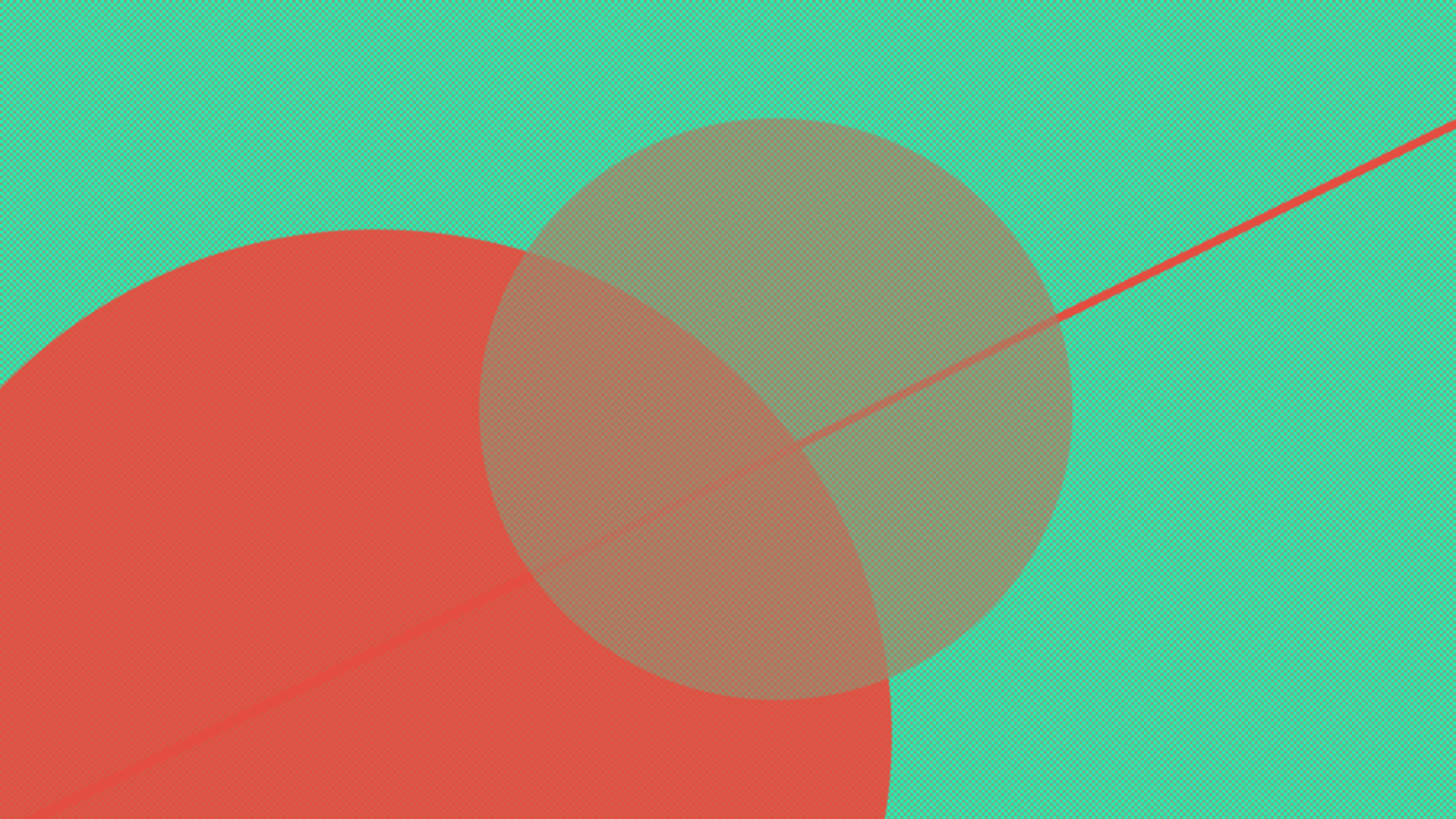Gambling on the press
After all the coverage lavished on Nigel the Nigersaurus last week we were a little worried that this week’s crop of papers in PLoS ONE would be unfairly overlooked. That would be a great shame as there are lots of good papers published this week. Two are particularly ‘media friendly’ but my colleague Rebecca and I disagreed on which would figure more prominently in the press, so we have a bet running on it.
Rebecca was convinced that The Golden Beauty: Brain Response to Classical and Renaissance Sculptures by Di Dio, Macaluso and Rizzolatti (PLoS ONE 2(11): e1201. doi:10.1371/journal.pone.0001201) was the more appealing to the press. It’s a neuro-art paper looking at the activation of brains by classical sculptures and how adjusting their anatomical proportions alters the beholder’s opinion of which are beautiful.
I however thought that carnivorous plants would be more charismatic. A Viscoelastic Deadly Fluid in Carnivorous Pitcher Plants by Gaume and Forterre (PLoS ONE 2(11): e1185. doi:10.1371/journal.pone.0001185) investigates the secretions from the inside of the pitchers of Nepenthes rafflesiana and finds they have exactly the right properties to capture and render immobile any insects that come into contact with them. There are nice videos too.
So to settle this dispute – biophysics vs art if you will – we both took some time to help the respective authors write a killer press release and now we are sitting back watching Google News and Google Blog Search tally up the results. Currently I’m winning (11 news hits and 3 blog posts for pitcher plants; 2 news hits and 5 blog posts for Italian statues) so Rebecca is going to owe me 50 pence (‘half a nicker’ in old money).
Aside from celebrating my victory, the real point of this story is to point out the breadth of good and interesting science that is being published weekly by PLoS ONE and the other PLoS journals; freely available for everyone who hears about it on the news or in a blog to read at source.
